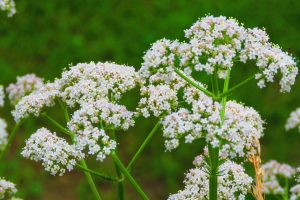Anise Hyssop Planting Guide
A perennial flowering plant with culinary and medicinal properties. Although it is known as Anise Hyssop, it is only remotely related to Hyssop and even more distantly to Anise. It is in the Mint Family. Anise Hyssop has an aesthetic landscaping value, its attractive blue-lavender spiked flowers are long lasting and attract bees, butterflies, and … Read more





